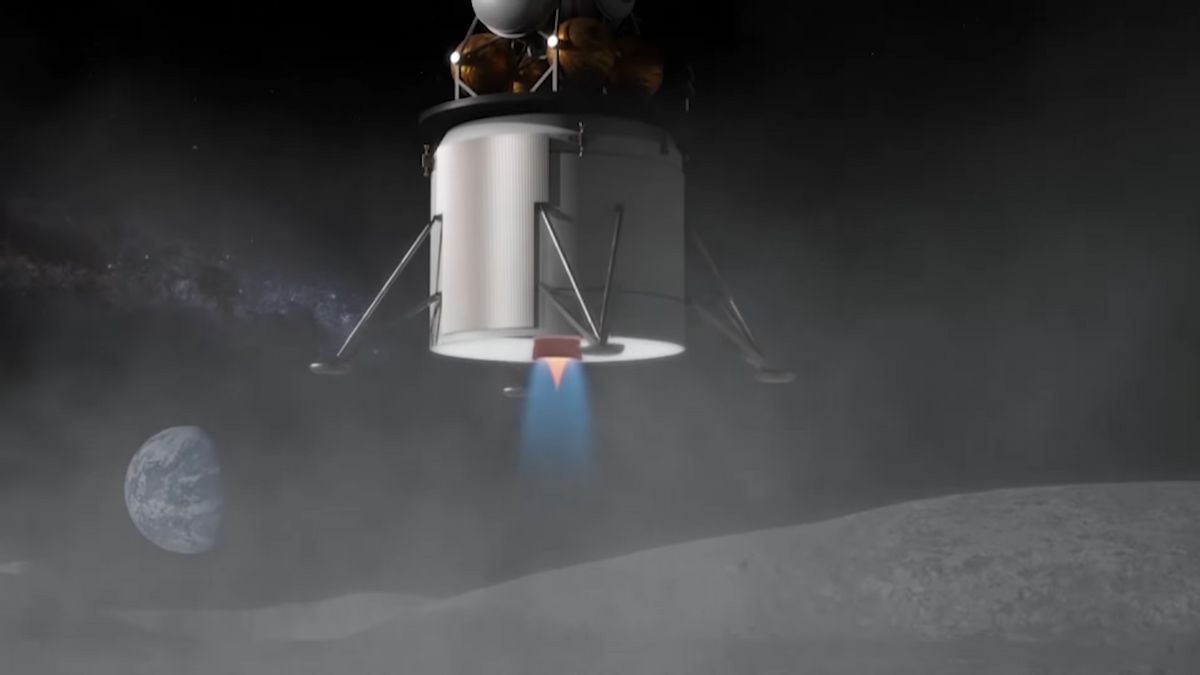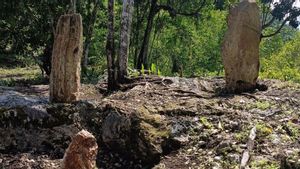
JAKARTA The camera is one of the technologies that must be developed to support the Artemis mission, exploration on the Moon. This tool will provide a more tangible surface image.
Currently, the United States Aeronautics and Space Agency's Research Center (NASA) is building a small camera to take to the Moon. The camera is named Steeo Cameras for Lunar Plume-Surfaces Studies (SCALPSS).
SCALPSS will be installed at the bottom of Nova-C, the lunar lander made by Intuitive Machines. The lander will launch on theCommercial Lunar Payload Services (CLPS) program, a commercial initiative under the Artemis mission.
This camera will work with stereo mapping or photogravimetry techniques to produce surface displays in 3D. SCALPSS will observe changes on the lunar surface of Nova-C landing process.
According to NASA and SCALPSS researchers, this new technology will increase scientists and engineers' insight. They can research clearer lunar surface shapes and predict the impact of landing accurately.
관련 항목:
"The lander can blow up what's next to it with sand so that it will push for requirements to protect other assets on the surface, which can add to the masses, and the masses will rise through its architecture," said SCALPSS Principal Researcher Michelle Munk.
The camera that captures this image is indeed more sophisticated than the camera that was carried during the Apollo mission. However, the data collected by SCALPSS requires a long process and can take months until the image becomes 3D.
Initially, SCALPSS data would be downlinked to Earth. After that, the SCALPSS team will store and process the data, then verified for the next process. If all the data has been verified, a 3D map will be created.
The English, Chinese, Japanese, Arabic, and French versions are automatically generated by the AI. So there may still be inaccuracies in translating, please always see Indonesian as our main language. (system supported by DigitalSiber.id)

















